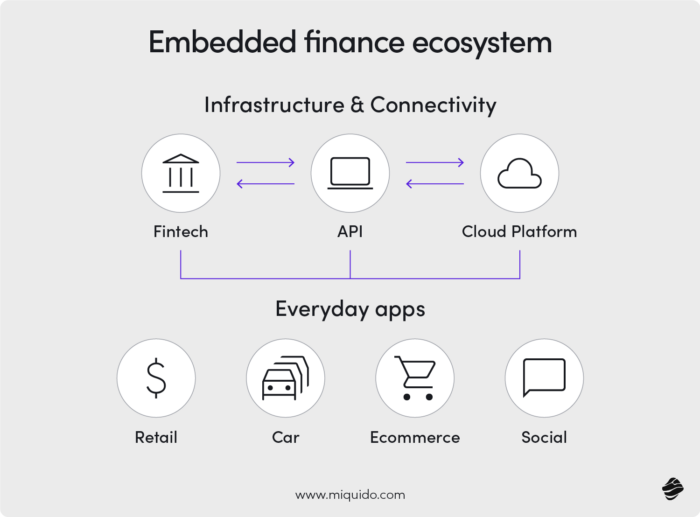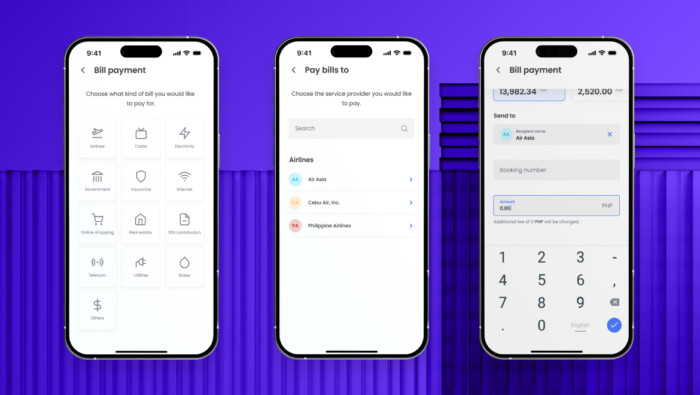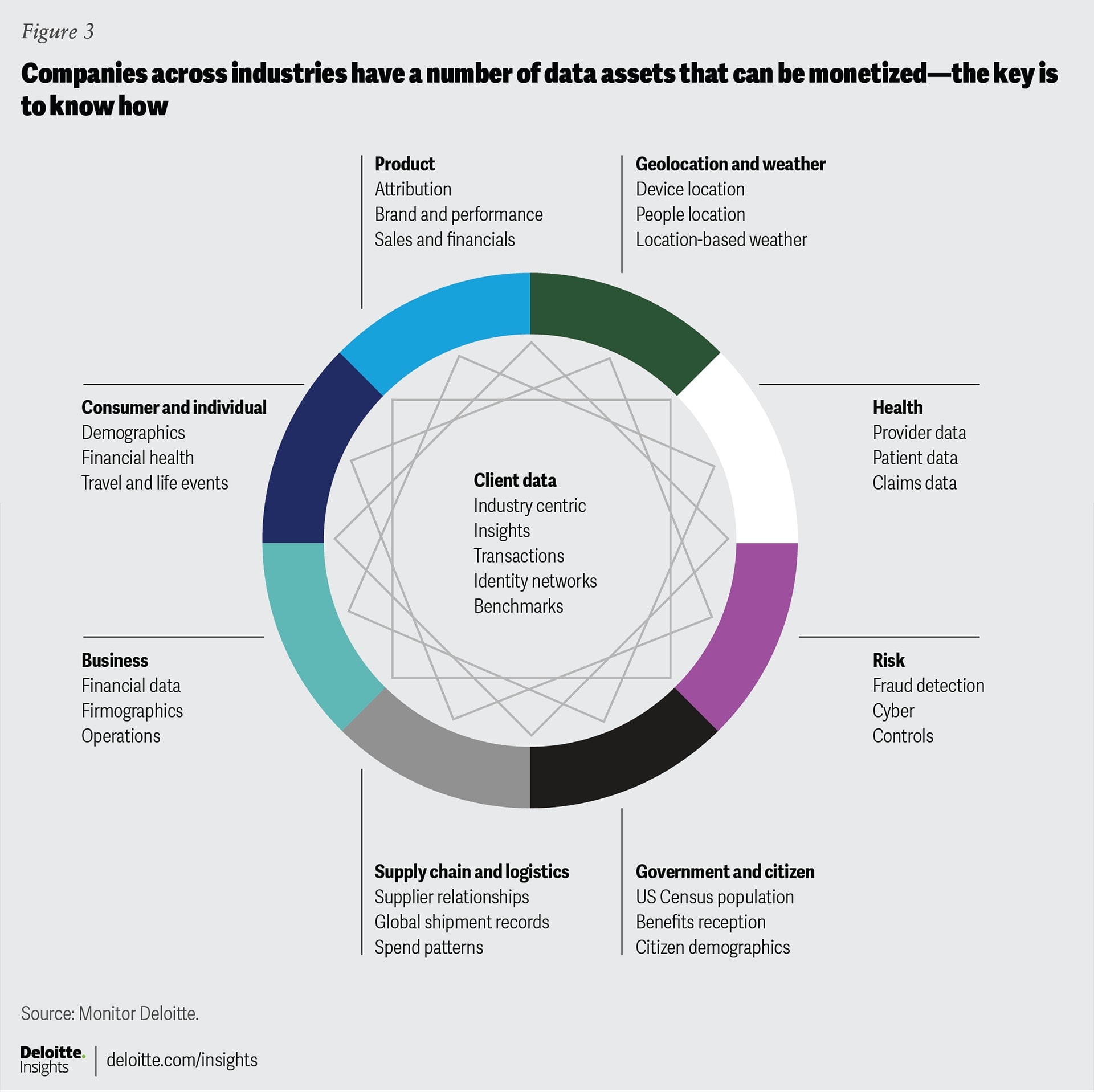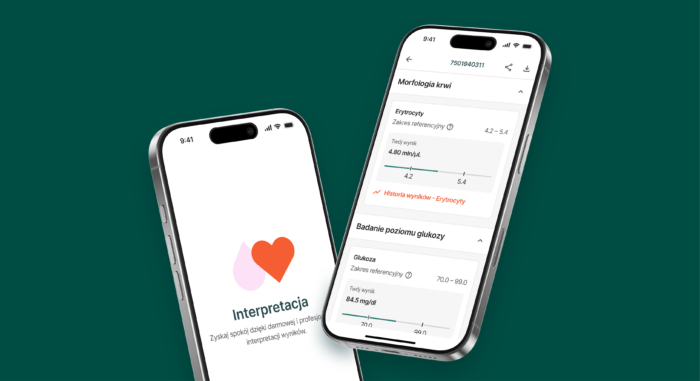In the mobile app industry, success isn’t just about building a great app — it’s about making it profitable. With millions of free apps, freemium apps, paid apps, and subscription apps on the Apple App Store, Google Play Store, and iOS App Store, it’s clear that launching an app is only step one. What follows is perhaps even more important: figuring out how to monetize your mobile app effectively.
Whether you’re a startup founder, indie developer, or enterprise-level app publisher, choosing the right mobile app monetization model is key to generating sustainable app revenue and supporting long-term growth. From in-app purchases to in-app advertising, several app monetization strategies can help you turn downloads into dollars without sacrificing user experience.
At Miquido, we specialize in helping clients choose and implement the most effective monetization strategy for their apps. We combine UX design, data-driven insights, scalable tech solutions, and expert app developers.
Here are five (actually six) strategies that have consistently delivered results in 2025.
1. In-app purchases (IAP) and embedded finance
Monetizing your app through in-app purchases (IAP) is one of the most common — and effective — approaches in the mobile app industry. When combined with embedded finance, it becomes an even more powerful driver of in-app revenue.

Why it works
Embedded finance is the next evolution in FinTech—enabling non-financial apps to integrate services like payments, BNPL (Buy Now, Pay Later), insurance, or micro-investing directly within their platforms. According to a 2025 Open Ledger market analysis, companies that implemented embedded finance solutions—such as adding accounting or payment modules—achieved an average ARPU (Average Revenue Per User) lift of approximately 25–30% through premium subscription tiers, and some reported total ARPU increases up to 38% when combining multiple embedded features. This demonstrates the strong revenue growth potential for businesses adopting embedded finance, with results varying by industry and specific feature set.
Real-world impact
Apps across industries are successfully implementing the in-app purchasing model and embedded finance:
- Mobile games with bundled IAPs and exclusive digital items drive high conversion rates.
- Retail apps integrating BNPL see an increase in completed checkouts. Multiple sources report that offering BNPL options can boost conversion rates by 20% to 30%, reduce cart abandonment by up to 35%, and increase average order values significantly—sometimes by as much as 40%. This uplift is attributed to making larger purchases more affordable by spreading payments over time, which drives higher conversion and checkout completion among consumers.
- FinTech apps using embedded wallets increase both retention and revenue.
Strategy summary
To implement IAPs and embedded finance successfully:
- Add IAP prompts based on user behavior and engagement patterns.
- Offer compelling upsells like exclusive content, bonus packs, or time-limited offers.
- Use mobile app analytics to personalize pricing and offers.
“Embedded finance creates seamless transactions. Retailers, travel companies, mobility providers, and other non-financial industries can integrate secure payments, lending, or insurance directly into their digital journeys, unlocking new revenue streams and customer touchpoints. At Miquido, our deep fintech expertise allows us to deliver these solutions with bank-grade security and a frictionless user experience, ensuring that financial services feel like a natural part of the product, not an afterthought.”
Sebastian Malczyk, FinTech Solutions Lead at Miquido
2. Subscription models
The subscription model is an increasingly popular way to monetize mobile apps, especially in industries where consistent value is delivered over time — such as streaming, wellness, education, and productivity. According to Coinlaw, subscription-based models brought in approximately $120B globally in 2025, making up about 15% of total mobile app revenue.
Why it works
Subscription apps provide predictable, recurring app revenue, while also boosting user retention and engagement. According to Userpilot, apps using subscriptions see 3–5× higher LTV compared to paid apps or apps with only in-app purchases.
Offering tiered plans — such as basic, standard, and premium — allows you to reach a broader user base while offering a path to upgrade. Many developers also combine subscriptions with in app advertising to monetize both paying and non-paying users.
Real-world impact
Across different app categories, subscriptions continue to drive revenue and retention:
- Health and fitness apps offering yearly subscriptions see 30% lower churn rates.
- News and entertainment apps combine free access with paywalled premium content to boost conversions.
- Education apps using trial-based onboarding improve conversion by up to 25%.
Strategy summary
To make subscriptions work in your app business:
- Offer free trials or freemium tiers to increase user acquisition.
- Use push notifications and in-app prompts to reinforce value.
- Combine subscriptions with in-app purchases and in-app ads for hybrid monetization.
3. Value-added services (VAS)
Value-added services (VAS) give users the option to purchase extra capabilities, without removing access to your app’s core experience. This makes VAS ideal for free to download apps and freemium apps that want to monetize without alienating users.
Why it works
The VAS approach works because it feels like an enhancement rather than a barrier. It supports both user retention and ARPU growth, especially when tied to personalization. According to GSMA, VAS that support personalization can increase user satisfaction and conversion by more than 30%.

Real-world impact
Apps that use VAS successfully tend to focus on either convenience or personalization:
- Productivity apps offer smart integrations or priority support.
- Fintech apps upsell advanced insights and analytics tools.
- Gaming apps monetize cosmetic-only VAS (e.g. themes, skins) to preserve fairness while increasing revenue.
Strategy summary
When implementing VAS:
- Identify high-value features users would willingly pay for.
- Offer both one-time purchases and bundles as part of your mobile app monetization strategy.
- Combine VAS with in-app purchases, subscriptions, and even ads to increase monetization flexibility.
“VAS enhances customer experience without alienating free users. By offering meaningful extras—like loyalty perks, administrative tools, or mobility services—delivered seamlessly through the trusted banking channel, fintech players in Poland can boost engagement while respecting the core value of their free offering. Carefully selected relevant apps and data‑driven enhancements are the key: they allow customers to discover real value and deepen their relationship with the product.”
Tomasz Bawełkiewicz, Business Architect at Miquido
4. Ethical data monetization
Another powerful but often underused monetization method is ethical data monetization. This involves collecting anonymized, aggregated user behavior data — always with consent — and using it to generate insights or create partner opportunities.
Why it works
This app monetization method minimizes disruption to the user experience and, when implemented with transparency and proper consent, helps build user trust. According to Deloitte and other leading industry analyses, revenue opportunities from ethical data monetization are significant—companies that leverage anonymized, consent-based user data to generate insights, drive product innovation, or develop external partnerships have reported meaningful new income streams and improved ROI.
Deloitte’s research shows that more than one-third of technology executives now report generating revenue from data-related offerings, reflecting a strong trend toward monetizing data assets beyond core products. However, the precise revenue increase from ethical data monetization will vary by sector and implementation strategy, as there is no universally applicable percentage reported in their latest publications.

It’s particularly valuable for free apps, where other monetization approaches may be more limited.
Real-world impact
Apps that succeed with this model emphasize clarity and value:
- E-commerce apps create trend insights for partner brands.
- Wellness apps offer premium upgrades in exchange for anonymized data participation.
- Educational apps use opt-in data for improvement, while keeping users in control.
Strategy summary
To implement ethical data monetization:
- Ensure transparency and compliance with GDPR (General Data Protection Regulation), CCPA (California Consumer Privacy Act), and platform guidelines.
- Offer users a clear value exchange (e.g. premium features, ad removal).
- Combine with other mobile app monetization models to increase total revenue.
5. Licensing and white-labeling
If you’re building niche enterprise apps or B2B solutions, licensing your app or offering it as a white-label platform is a powerful way to monetize your app effectively — especially outside traditional app stores. This approach allows you to tap into specialized markets, delivering tailored value while creating steady, predictable revenue streams.
Why it works
Unlike in-app advertising or IAPs, licensing and white-labeling provide an opportunity to generate high-margin B2B deals. According to industry analyses, white-label apps and modular SaaS platforms can generate 5 to 10 times more revenue per client than typical consumer apps. B2B deals often involve larger contracts, recurring subscription fees, and customization services tailored to enterprise needs. Additionally, white-label SaaS solutions typically operate on subscription models, offering steady, predictable revenue streams with higher profit margins for providers and resellers alike.
It’s a perfect fit for iOS apps, cross-platform solutions, and Flutter-based apps that solve very specific business problems.
Real-world impact
- Healthcare apps license appointment scheduling tools to clinics.
- EdTech platforms provide branded learning modules to institutions.
- Fintech SDKs (Software Development Kits) allow smaller apps to embed proven money tools quickly.
Strategy summary
To monetize through licensing:
- Protect your intellectual property and set clear usage limits.
- Offer customization options to increase value.
- Pair licensing with support contracts and optional premium features for ongoing revenue.
6. In-app advertising done right
In-app advertising is one of the most widespread mobile app monetization strategies, especially for free apps. But user tolerance for ads is decreasing, so implementation must prioritize experience, relevance, and timing.
Why it works
Mobile ad spending continues its rapid growth, with Data.ai reporting that global mobile ad revenue reached $362 billion in 2023, representing an 8% year-over-year increase. This growth is projected to continue, with total spend expected to surpass $402 billion in 2024, largely driven by short-form video and video-sharing apps. Mobile advertising now accounts for a substantial share of the overall digital ad market, where formats such as rewarded video ads, native ads, and interstitial ads perform best when integrated thoughtfully within the app experience. These ad formats increase user engagement and revenue without overly disrupting user experience. Advancements in AI-driven ad targeting also enhance ad effectiveness in mobile environments (source 1, source 2, source 3).
Apps that monetize through in app advertising should also consider integrating multiple ad formats and work with the right ad network to optimize fill rates, CPMs, and targeting.
Real-world impact
- Gaming apps using rewarded video ads report higher retention and revenue per user.
- News apps leveraging native ads see 45% higher eCPMs than banner-only models.
- Apps offering ad-free upgrades through subscriptions double their monetization paths.
Strategy summary
To make in-app advertising work:
- Use a mix of video ads, native ads, and banner ads.
- Limit disruptive formats like full-screen ads or frequent interstitials.
- Combine ads with freemium models, in-app purchases, or subscriptions.
Combining monetization strategies
The best apps today rarely rely on just one monetization model. Instead, they combine several app monetization models to cover different segments of their user base, increase flexibility, and optimize lifetime value. This approach allows app publishers to integrate a paid app monetization model alongside ad formats like video ads, creating a diversified revenue stream and driving overall app revenue growth through multiple monetization methods.
Why it works
This hybrid approach improves both user retention and app revenue, while allowing you to experiment and scale as needed. It also mitigates risk if one strategy underperforms.
Monetization stacks by category
Understanding the best mobile app monetization approaches varies significantly across different app categories. Each category has unique user behaviors, engagement patterns, and revenue opportunities, making it essential to tailor your monetization strategy accordingly. Below is an overview of common monetization stacks by app category, combining popular app monetization methods to maximize app revenue while maintaining a positive user experience.
| App Category | Monetization Stack |
|---|---|
| Mobile Games | In-app purchases + Rewarded video ads + Cosmetic VAS |
| News & Entertainment | Subscription + Native ads + Interstitial ads |
| Fintech Apps | Embedded finance + Subscription + Premium analytics VAS |
| Education Tools | Freemium + Licensing + Custom B2B modules |
| Health & Wellness | Subscription model + In-app purchases + Banner ads |
How Miquido helps you monetize apps effectively
At Miquido, we create custom app monetization strategies based on your user behavior, industry trends, and growth goals. We’re more than just a mobile app development company — your strategic tech partner.
What we offer
At Miquido, we provide comprehensive solutions tailored to maximize your app’s revenue potential while maintaining a seamless user experience. Our expertise spans the full spectrum of mobile app monetization, ensuring your app not only attracts users but also converts them into loyal customers through effective monetization strategies.
- Integration of in-app purchases, wallets, and embedded finance features
- Development of VAS, dashboards, personalization, and premium sync
- Expert-led app store optimization (ASO) for Apple App Store and Google Play Store
- App developers support for Flutter, iOS, and cross-platform mobile app development
- Licensing, analytics, and monetization A/B testing frameworks
Case Study: Our Diagnostyka app was recognized for combining UX excellence with strong monetization performance.

Key takeaways
Choosing the right app monetization strategy is just as important as designing the mobile app itself. Whether you’re building for consumers or businesses, your approach should align with your app’s value proposition, app users’ behavior, and the unique dynamics of your category. By selecting and combining the right tactics, you can transform your app into a scalable business that continues to generate revenue over the long term.
- Successful mobile app monetization is essential for sustainable growth, reinvestment, and competitiveness.
- Relying on a single model can be risky. To diversify revenue streams, use multiple app monetization models (e.g., paid apps, freemium apps, in-app purchases, subscriptions, advertising, and VAS).
- Always keep user experience at the center to ensure monetization enhances rather than disrupts engagement.
- Consider both paid app model and hybrid approaches, leveraging tools from your app monetization platform to optimize offers, pricing, and ad targeting.
- The most profitable apps combine app advertising, IAPs, subscriptions, and VAS in ways that suit their app users and market niche.
- To create a scalable strategy, work with experienced app developers who understand both the technology and the business side of app monetization.

![[header] top 5 mobile app monetization strategies that work](https://www.miquido.com/wp-content/uploads/2025/08/header-top-5-mobile-app-monetization-strategies-that-work.jpg)


![[header] 10 embedded finance examples](https://www.miquido.com/wp-content/uploads/2025/03/header-10-embedded-finance-examples-432x288.jpg)



![[header] 10 most popular entertainment mobile apps in 2025](https://www.miquido.com/wp-content/uploads/2025/05/header-10-most-popular-entertainment-mobile-apps-in-2025-432x288.jpg)
